From next year Sainsbury’s is to halve the number of Nectar reward points it offers members of the loyalty scheme.
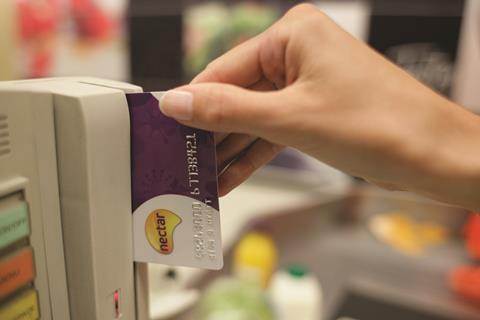
From April 11, Sainsbury’s will only award customers one point for every pound spent compared with two at present.
The shift comes amid a grocery price war when the merits of loyalty schemes such as Nectar or Tesco’s Clubcard are pitted against value rivals such as Aldi and Lidl, who eschew such schemes in favour of low prices for all customers.
Sainsbury’s customers will also no longer receive points for reusing plastic bags, but shoppers will still earn one point per litre of fuel that they buy from the grocer.
Sainsbury’s maintained that the scheme would still offer plenty of value for customers.
The grocer said on its website: “Sainsbury’s will be bringing you lots of new opportunities to boost your balance faster and more value when you spend your points. Look out for the Nectar ‘Thanks a million’ event in store from October 17 to 19 for starters.”
Sainsbury’s also told cardholders: “At times like Christmas, Sainsbury’s will be holding bigger and better Double Up events to give you great value when we know it matters most to you.
“Plus, there are lots of other places to spend your points like Pizza Express and Vue cinemas that are available all year round. Many offer more value than the standard 500 points = £2.50, so it’s well worth taking a look.”
Loyalty in question
Amid turbulent grocery market conditions, retailers that have traditionally benefited from loyalty programmes – notably Tesco – have failed to fend off the discounters’ rise, leading some to ask whether such schemes have had their day.
However, Morrisons has opted for the loyalty route and has just launched its Match & More scheme. In a market first, Morrisons is also price-matching Aldi and Lidl through its scheme.
Grocery Insight director and supermarketing blogger Steve Dresser believed the change could be difficult to sell to Sainsbury’s customers.
He said: “It will see accusations of smoke and mirrors on price from JS, giving with one hand in terms of reductions or fairer prices but taking with the other.”
The extent of turmoil in grocery retail was evidenced in the latest BRC-KPMG sales data, which showed the first 12-month average decline in food sales in “at least five years”. In the three months up to and including September, food sales fell 1.7% as the price war took a toll.




















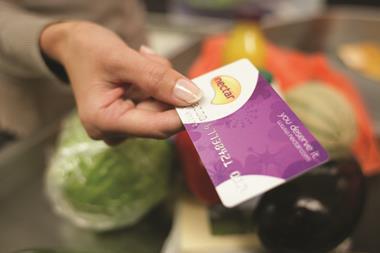
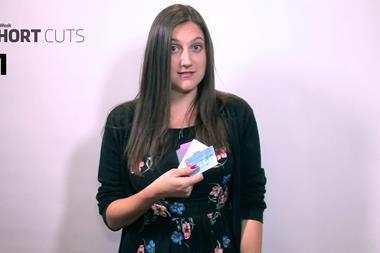
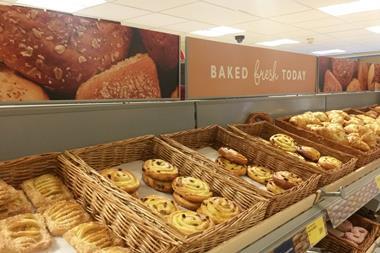
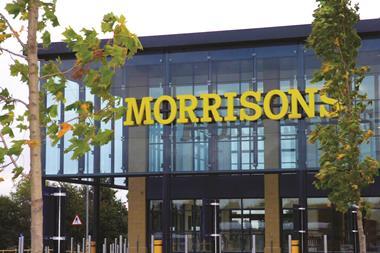

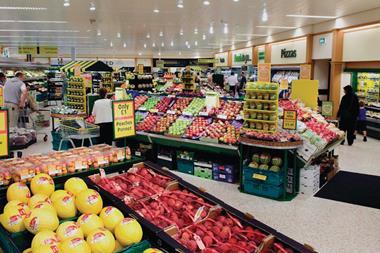
1 Reader's comment